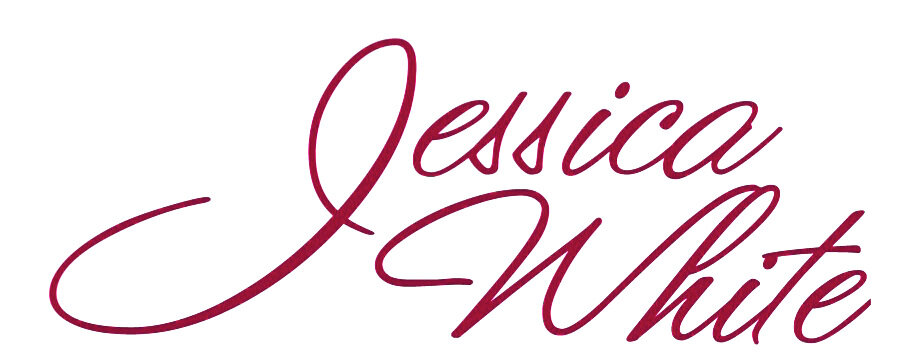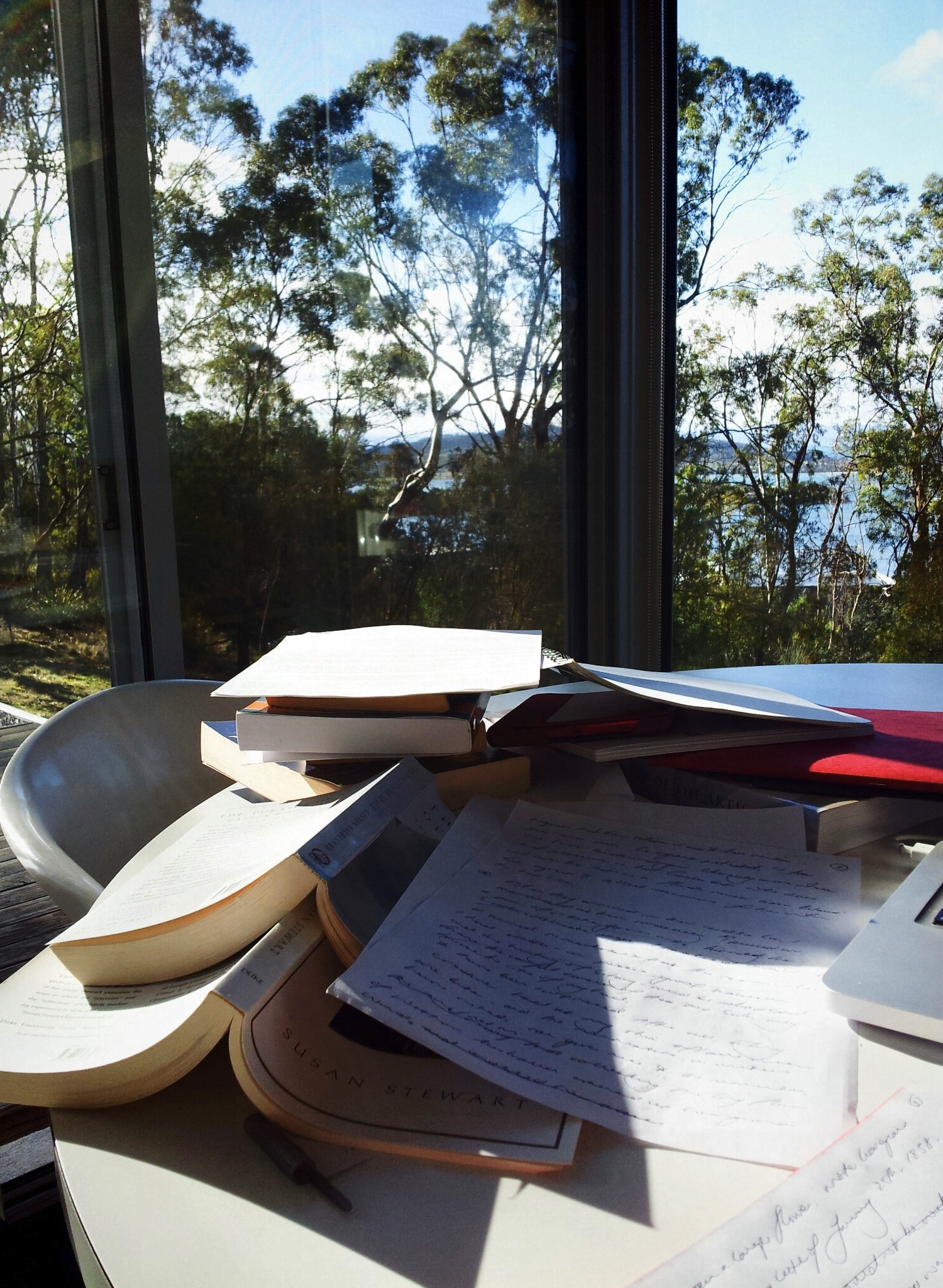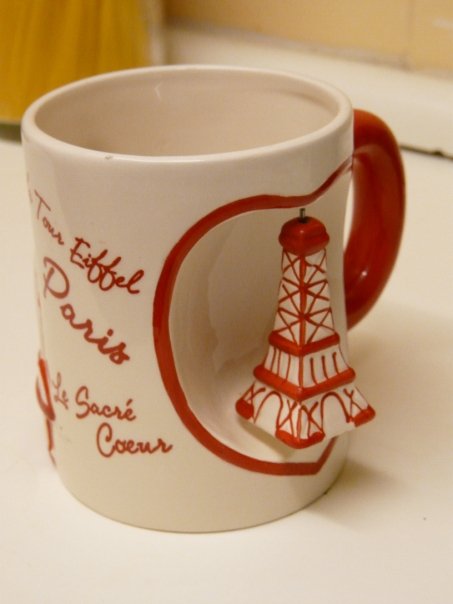Finding Maud
Two years ago, I received a grant from Arts Queensland which gave me time to revisit my research on Rosa Praed and her deaf daughter Maud. I read the Murray-Prior papers in the National Library of Australia and combed Patricia Clarke’s biography, Rosa! Rosa! for references to Maud, who had been deaf since she was small. At age 28, Maud became destabilised by the fracturing of her family had a breakdown. She was admitted to Holloway Sanatorium in Surrey, and later transferred to St Ann’s at Canford Cliffs, near Poole. Clarke had written to the Sanatorium to ask for Maud’s medical records, but was informed that these were destroyed after 20 years. However, when I checked the National Archives database in the UK (which hadn’t yet been created when Clarke was writing her book), I found that they were still extant. I realised needed to go to England to find them.
When doing archival research from the other side of the world, you can pay a whack of money and get the archive’s employees to find documents for you, or you can pay even more money and get on a plane. It’s usually cheaper to get someone to make the copies, but then you risk not finding what you want. Control freaks with an eye for detail (and who liked collecting stamps when young) such as yours truly also prefer to do the work themselves. There is also serendipity in archival research: when you’re tootling among old papers, there’s more of a chance of making connections with pieces of information that you find on your way, and these connections throw up new ideas.
It was five and a half years since I had left England and returned to Australia after finishing my PhD. Until a few years before, I’d had nightmares about having to return to finish my thesis, and would wake with that familiar, sickening feeling of leaving my family behind yet again. So I was somewhat apprehensive about returning, but that feeling began to dissipate when I was met by my good friend C, who lived in Kent, and as I met up with other old friends in London. It was autumn, almost ten years to the day (20th September 2014) that I had boarded a plane to England for the first time to start my PhD, and the weather is rarely cruel in an English autumn.
We visited Knole, the book which inspired Virginia Woolf’s novel Orlando. I’d always wanted to go there with C while I was there, as she lived not far away, but we never got around to it. It was a grand but hollow building, and I wondered how they had ever kept warm.
A day later, I began my research at University College London’s Ear Institute and Action on Hearing Loss Library, located at the Royal National Ear Nose and Throat Hospital, which I’d often visited for checkups when I lived in London. I also knew the head librarian from having worked at UCL library, and that was nice too. I was specifically looking at the reports of Society for Training Teachers of the Deaf and for the Diffusion of the German System. They didn’t yield much that was interesting, although the librarian gave me a fascinating account of Benjamin St Ackers’ daughter, who had been taught to speak though she had been deaf since birth, and ended up very isolated and alone.
From London I caught a train to Leamington Spa, where some more old friends lived. One of these had been in our (predominantly Australian) bookclub, the Book Rangers. She now had two sprogs: a lively little boy who liked investigating things, and a newborn girl. The next day I caught a train to Birmingham, where the archives for the Society for Training Teachers for the Deaf (which was an amalgamation of the all teacher training colleges) were held at the Cadbury Research Library. Sadly, there was nothing in this lot, aside from some minor references to Benjamin St John Ackers.
I returned to London, and from there I went on to Woking.
‘You’re going to Woking!?’ a friend had exclaimed when I told him of my research plans over coffee at the Brisbane Writers Festival.
‘Yeah. What’s wrong with Woking?’
‘Woking’s awesome! It’s has a racing car track at a museum. Actually, it’s a Weybridge, but that’s not far away.’
‘Maybe I’ll just send you a postcard from Woking.’
He clocked the look on my face. ‘Yeah, do that. If cars aren’t your thing.’
Woking seemed a nice place, although overrun with chain stores, as are all the small towns in England, something that never failed to make me sad. I grabbed a coffee and some lunch from Pret, then caught a cab to the Surrey History Centre, which was housed in a municipal building. It was a plain, almost sterile building, at odds with the leather bound case notes which were handed to me.
I set up my camera and latptop, pulled on a pair of white cotton gloves to protect the case notes from the sweat on my skin, and opened the case notes. There was Maud, staring back at me, as well as a letter she had written to her doctor. The case notes, although not detailed, described her deterioration over about a decade.
I was beside myself, and this article I wrote for Meanjin describes why. I wandered back to the pub at which I was staying via a path beside a canal, dazed and triumphant.
A few days later, C very generously drove me to Canford Cliffs, where Maud's sanatorium was located. The building had been restored and it was beautiful, set among green lawns that slide down to the sea, but I wondered how it would have been in Maud's time. Gulls cried overhead. Maud wouldn't have been able to hear them, but she would have felt the sea breezes on her face.
I caught the train back to London and stayed with some good friends who live near Kensington Gardens, and who were also not far from one of the apartments Rosa Praed had lived in. I took myself for a walk through Holland Park to find it, stopping to marvel at the peacocks.
Then, after a gloriously sunny day in Bath with C, where we bought some dark blue suede boots from Duo Boots, it was time to leave. The Queensland election started while I was stepping onto the plane. When I flew into Brisbane, I wasn’t able to get my phone to work, so once I reached Customs I bailed up the first officer I could find.
‘Who won the election?’ I asked him.
‘They’re still counting, but it looks like it might be Labor.’
‘That’s brilliant!’ I exclaimed. Campbell Newman, an arrogant and selfish politician who, in his first act of parliament, had binned the Premier’s Literary Awards, had also squandered his majority by treating Queenslanders like trash.
He turned over my card and read my occupation. ‘So, you’re a writer. That’d be right.’
I laughed, loudly. It was good to be home.

































